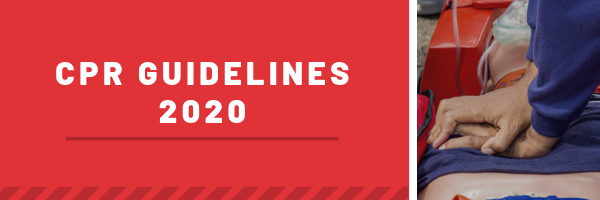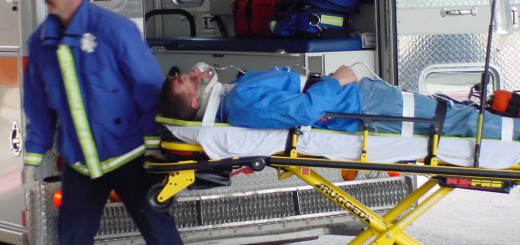CPR Guidelines 2020
CPR guidelines are revised every five years and the next major revision is expected in 2020. The International Liaison Committee on Resuscitation (ILCOR) co-ordinates guideline development and publishes consensus documents on resuscitation.
The European Resuscitation Council (ERC) is already preparing for the release of the 2020 Resuscitation Guidelines and the next ERC Congress is scheduled in 2020: Resuscitation2020
Recent revisions of CPR guidelines have emphasized the importance of encouraging bystander CPR, simplifying CPR training and placing more emphasis on the importance of high-quality chest compressions. We can expect more changes in these areas in the 2020 CPR Guidelines.

What Changes Will be Made in the 2020 CPR Guidelines?
The guidelines are still under development so no changes have been published yet. The scoping documents are available to download on the European Resuscitation Council website.
In the European Resuscitation Council (ERC) CPR Guidelines, the 2020 Adult Basic Life Support Chapter will contain the following sections:
- Cardiac arrest recognition: How to recognize cardiac arrest; unconscious and not breathing normally, agonal breathing; convulsions and confusion with epileptic seizure
- Alert emergency services: How to get help; prioritization of initial tasks; single emergency number
- Role of dispatcher: Dispatcher recognition of cardiac arrest; dispatcher-assisted CPR; dispatch of lay responders; dispatch of AEDs
- Chest compressions: How to deliver chest compressions (rate, depth, duty cycle, position, recoil)
- Rescue breaths: How to assess; how to open airway; how and when to do rescue breathing; compression-ventilation ratio
- AED: What is an AED; how to find an AED; how and when to use an AED; where to place AEDs?; public access defibrillation; intervals/timing; compressions before defibrillation. Fully automated AED; Safety of AEDs; AED signage; Limited information on in-hospital AED use
- CPR quality measurement: Importance of measuring rate, depth, recoil, pauses for quality of care and outcome.
- How technology can help: CPR feedback; AED locator apps; smartphones/watches.
- Safety: Risk to lay responders (fatigue, risk of defibrillation, disease transmission, psychological); Risk to the person receiving CPR (persons in arrest and persons not in arrest)
- Foreign body airway obstruction: Recognition and treatment, (both for responsive and unresponsive persons) including Backslaps; Abdominal Thrusts; Chest compressions; Use of suction devices
We will update this blog post when more details on the changes in the 2020 CPR Guidelines become available.





